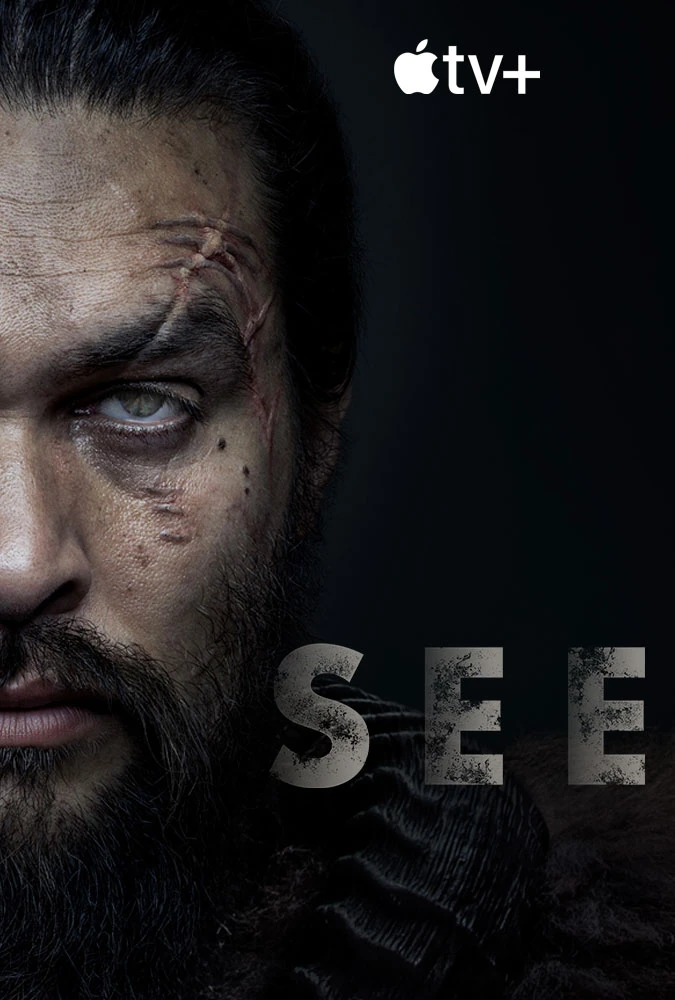Until the End of the World - A Wenders-ful Journey
A Road Trip Through Time and Dreams
Imagine a film so sprawling, so ambitious, it feels like a dream itself – a dream punctuated by breathtaking landscapes and existential crises. That, in essence, is Wim Wenders' "Until the End of the World," a 1991 cinematic odyssey blending action, drama, and a healthy dose of sci-fi weirdness. Prepare for a review that's less a spoiler alert and more a cryptic postcard from a particularly surreal vacation.Synopsis: Chasing Dreams Across Continents
Claire Tourneur, our intrepid heroine, survives a near-death experience – a car crash that would make even the most hardened stunt driver flinch. She then embarks on a globe-trotting adventure with the enigmatic Sam, pursued by the equally enigmatic writer Eugene Fitzpatrick. Their journey is fueled by a cutting-edge dream-recording device, adding a layer of meta-cinematic intrigue (and possibly some seriously weird dreams). Think "Eat Pray Love" meets "The Matrix," with significantly less yoga.Technical Brilliance: Wenders' Cinematic Symphony
Wenders' direction is a masterclass in visual storytelling. The cinematography is breathtaking, painting each location – from bustling cities to serene landscapes – with a vibrant, almost dreamlike quality. It's as if the camera itself is experiencing the characters' emotional rollercoaster. The soundtrack? Think melancholic electronica meets sweeping orchestral scores, the perfect aural companion to this cinematic meditation. The overall effect is like a beautifully curated art exhibit set to a hypnotic rhythm - a visual and auditory tapestry of stunning intricacy.Stellar Performances: A Trio of Extraordinary Talent
Solveig Dommartin delivers a captivating performance as Claire, her eyes reflecting a mixture of wonder and unease. William Hurt, as always, exudes quiet intensity, creating a character simultaneously charming and deeply mysterious. Pietro Falcone provides strong support, anchoring the story in a tangible reality amidst the film's often abstract themes. The supporting cast blends into the background seamlessly, much like a well-placed extra in a Wenders film, each contributing to the overall dream-like atmosphere.Exploring the Unseen: Existential Themes and Cinematic Depth
"Until the End of the World" isn't just a story; it's a philosophical exploration of memory, dreams, and the very nature of reality. The film grapples with weighty themes of mortality, technology’s influence, and the elusive search for meaning in a world teetering on the brink of technological transcendence. It's a meditation on our relationship with technology, asking if the ability to record and share our dreams truly enriches or diminishes our experiences. Honestly, it made me contemplate my own dreams (and question why I’m writing a film review instead of sleeping).Verdict: A Timeless Cinematic Dream
"Until the End of the World" is not your typical Hollywood blockbuster. It's a slow burn, a cinematic poem, challenging and rewarding in equal measure. While not for everyone – pacing may be an issue for some viewers – the film's visual poetry and philosophical depth make it a truly unique cinematic experience. It’s a film to be savored, not simply consumed. Rating: 6.8/10 (a solid score for a truly unique cinematic experience). Recommended for: Arthouse aficionados, fans of Wim Wenders, those who appreciate thought-provoking narratives, and anyone seeking a cinematic journey that's as visually stunning as it is intellectually stimulating. In conclusion, "Until the End of the World" is a film that stays with you long after the credits roll – a testament to Wim Wenders' visionary direction and the enduring power of cinematic storytelling. It's a film that’s simultaneously a dream and a journey, a masterpiece of cinematic introspection.Note : 5/5
Publié le 19 Jan 2025





Commentaires